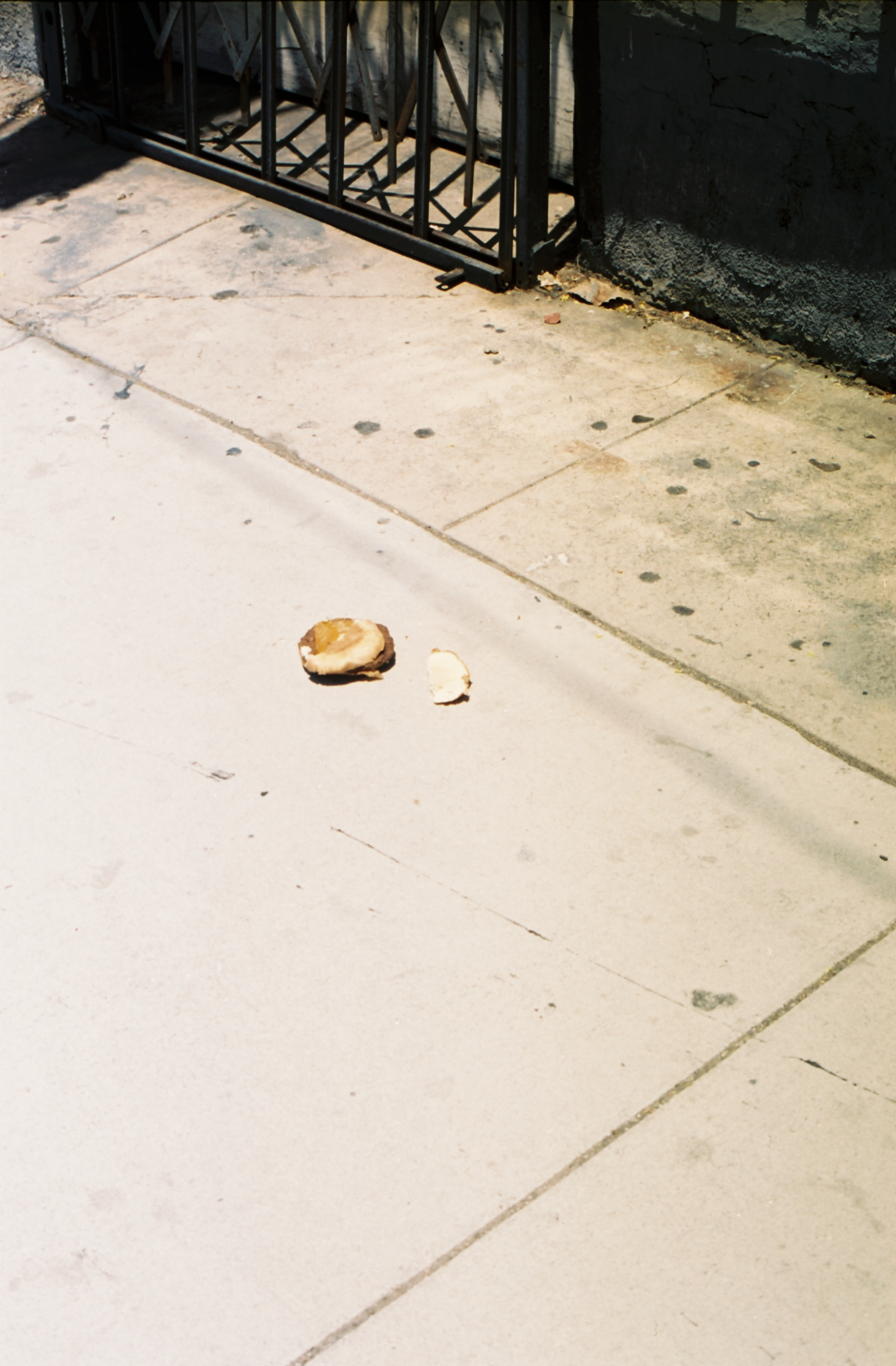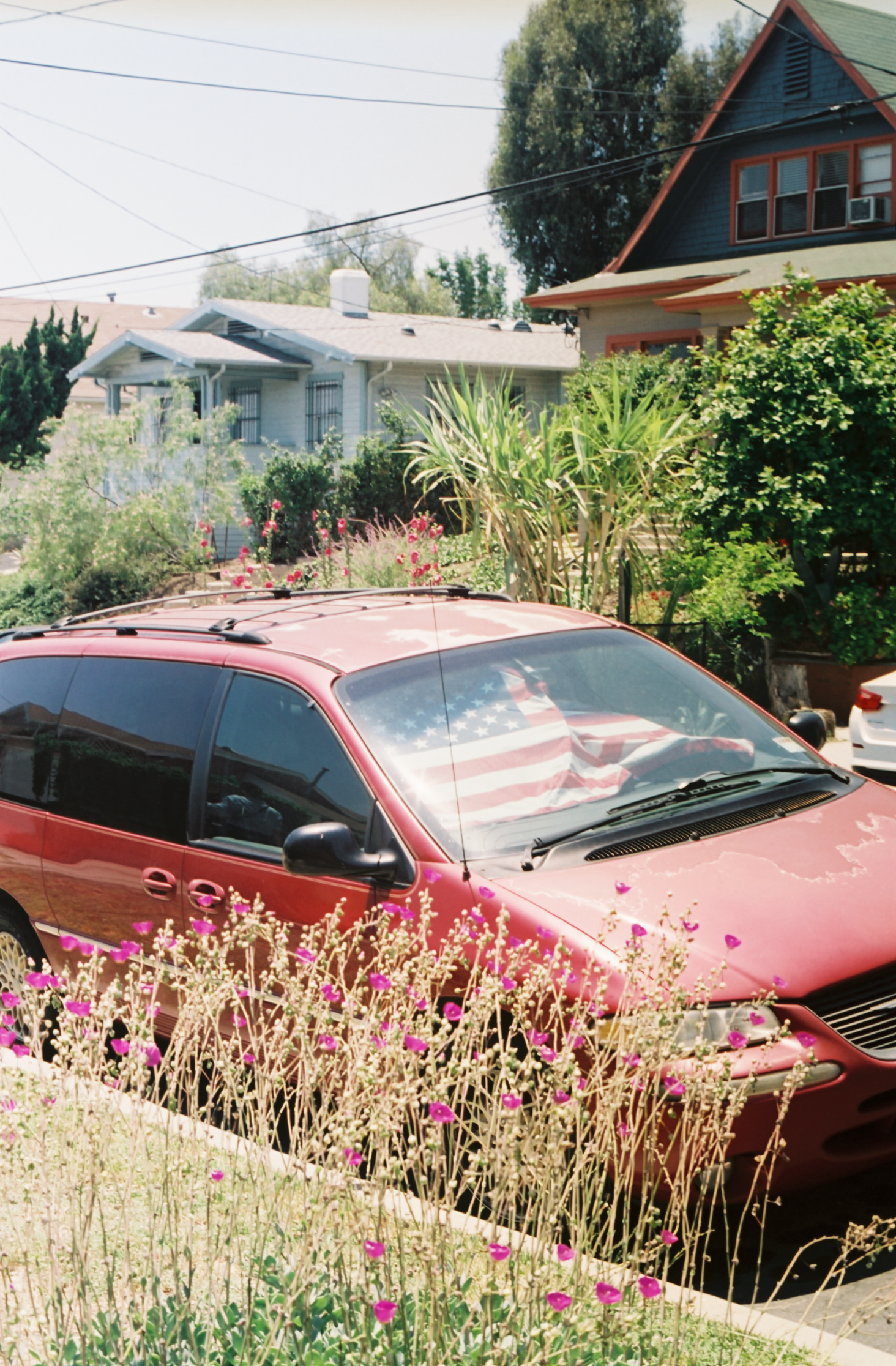Shooting or taking pictures daily, or very frequently, is an essential habit for photographers of all stripes. Many of us who shoot film carry a dedicated film camera on us all the time, in addition to the camera that every living person carries: their cellphone. I believe that your phone camera is an equally useful, or better, point-and-shoot than any other stand-alone point-and-shoot camera (a compact film or digital program camera) for most uses, and that buying a true point-and-shoot is pointless.
Most point and shoot cameras were aimed at the average person who wanted to shoot photos wherever without having to worry too much, and take their camera with them easily. Likewise the premium point and shoots were supposed to enable pro photographers on the go to shoot a nice camera anywhere without having to lug their normal gear. The iPhone destroyed the camera market, and digital point and shoot sales aimed at the average person have largely been completely cannibalized by cellphone camera market.
On the premium end of the spectrum we have the Contaxes, Fuji’s, and Olympus Mju’s on the film side, and the Rx1 and assorted fixed lens Leicas/Panasonics. I could definitely understand if you didn’t want to take your studio camera, you’d take a lighter smaller camera with you for day-to-day shooting. Most film shooters, take their “premium” point-and-shoots with them in addition to some other interchangeable lens camera. Unless you’re lugging a medium format camera, or something else equivalently heavy, it all seems a bit redundant.
Realistically, how many of us regularly shoot or share for print? Even if one did print regularly how often would you really want to print a 35mm negative bigger than 11x14, (about 12 megapixels)? I know that 99% of what I shoot day-to-day on 35mm, goes to a 5.5-6” screen, max. I can’t imagine being far from the norm here. If one absolutely needs grain or a particular film look, you can fix that in 30 seconds or less, in VSCO.
The main argument, that I would accept is that: you know what focal length you want, the point and shoot camera provides a look and feel, that’s satisfactory to you, and it’s part of your artistic goals or statement, or you find that shooting a dedicated camera gives better results than taking your time with a phone, more power to you. But for those of you that use that camera in addition to a Leica or a Contax g2, or basically any 35mm SLR, why? It seems like pure collectorism, especially with the insane (and still rising) prices, and the diminishing or flat out non-existent ability to repair these cameras.
My phone is one of my favorite cameras. It does exactly what I need it to, which is take pictures that I don’t have to think too much about, or offhand as a reminder to go back and shoot something, or when I can’t be bothered to take a regular camera with me, which I’d argue is the whole point of a premium point and shoot, it’s supposed to be simple and quick for social use, which is exactly what modern technology has provided with in-phone cameras, and software.



























